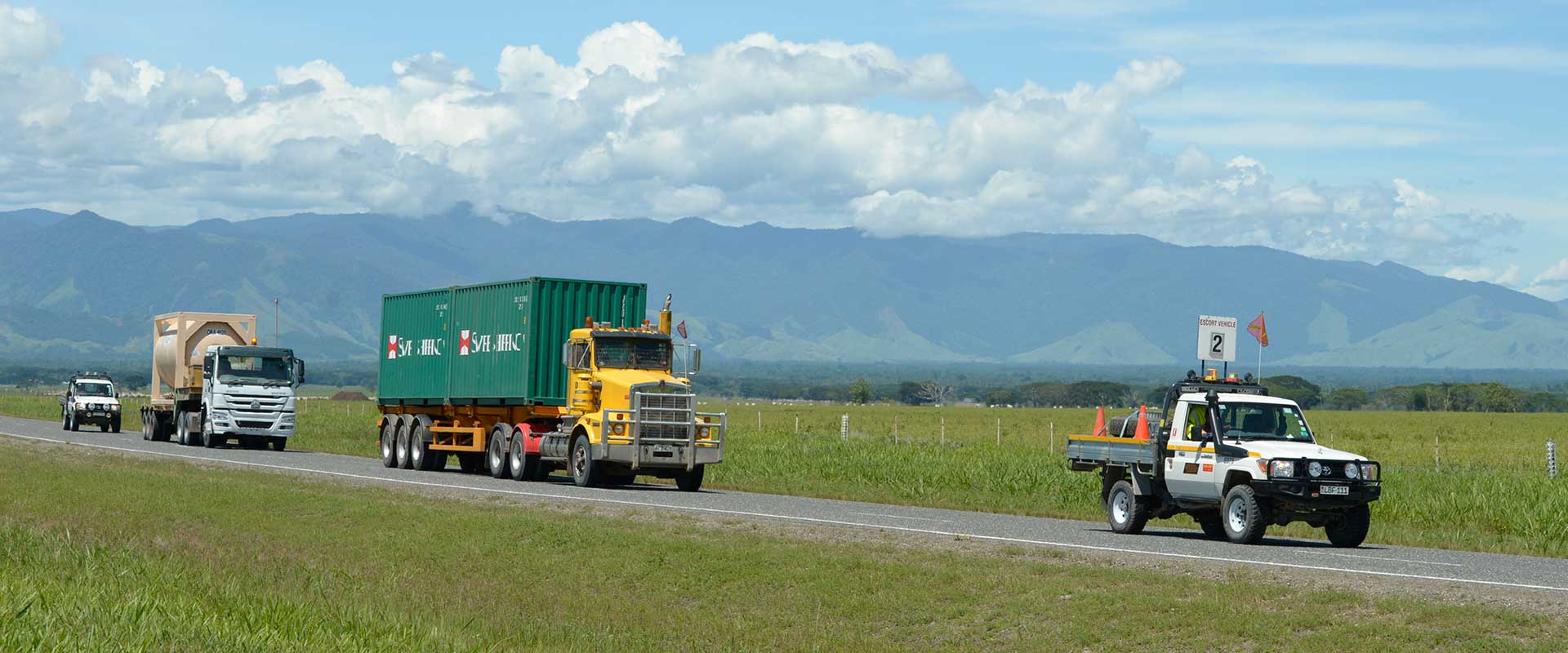Papua New Guinea has a diverse range of roads, varying from well-developed highways to rugged, unpaved tracks. Here’s an overview:
- Highways: Papua New Guinea has a network of highways connecting major cities and towns. The Highlands Highway is one of the most important roads, linking the Highlands region to the coast. It runs from Lae on the coast to Mount Hagen in the Highlands. Other significant highways include the Magi Highway, which connects Lae to Madang, and the Sepik Highway, linking Wewak to the Sepik River region.
- Rural Roads: Many parts of Papua New Guinea have rugged terrain, dense forests, and remote villages, making road construction challenging. As a result, numerous rural roads are unpaved, and maintenance can be limited, particularly during the rainy season. These roads are often used by locals for transportation, including walking, cycling, or using motorbikes.
- Urban Roads: Major cities like Port Moresby, Lae, and Madang have more developed road networks, including paved roads, intersections, and streetlights. However, traffic congestion can still be an issue, especially during peak hours.
- Infrastructure Challenges: Papua New Guinea faces significant infrastructure challenges, including maintaining and upgrading its road network. Limited funding, difficult terrain, and logistical issues contribute to the slow progress in road development and maintenance.
- Transportation Modes: In addition to roads, Papua New Guinea relies on other modes of transportation, such as boats and airplanes, particularly in remote areas where road access is limited or non-existent.
Overall, while Papua New Guinea has made efforts to improve its road infrastructure, challenges remain in ensuring widespread accessibility and quality maintenance, especially in remote and rural regions.
For more detailed information about roads in Papua New Guinea, there are several resources you can consult:
- Government Websites: The Papua New Guinea government’s official websites, such as the Department of Works and Implementation or the National Roads Authority, may provide information on road infrastructure projects, road maps, and transportation policies.
- Research Papers and Publications: Academic journals, research papers, and publications related to infrastructure development in Papua New Guinea may offer insights into the challenges, successes, and future plans for road construction and maintenance.
- International Organizations: Organizations like the World Bank, Asian Development Bank, or United Nations agencies often publish reports and studies on infrastructure development in Papua New Guinea, including road projects and their impact on the economy and society.
- Consulting Firms and NGOs: Consulting firms and non-governmental organizations (NGOs) working on infrastructure projects in Papua New Guinea may have reports, case studies, or project updates available on their websites or through direct inquiries.
- Local News Outlets: Newspapers, magazines, and online news platforms in Papua New Guinea frequently cover infrastructure developments, road projects, and transportation issues. Checking their archives or following current news updates can provide valuable information.
By exploring these sources, you can gain a deeper understanding of the road infrastructure in Papua New Guinea and the ongoing efforts to improve transportation networks across the country.
Ensuring all land transport motor vehicles are well regulated and improving all provincial and district roads.
Get a Motor Vehicle License: https://mvil.com.pg/services/drivers-license
Car registration: https://mvil.com.pg/services/vehicle-registration
Public Transport (PMV Bus and Taxi’s): https://www.rta.gov.pg/licences-approvals/vehicle-registration/

Leave a Reply